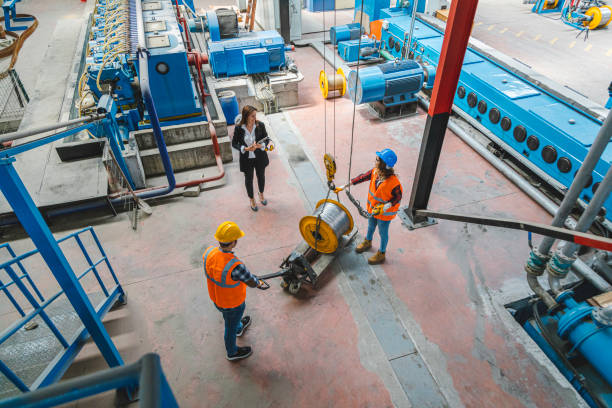Rethinking Physical Activity: The Underrated Power of Low-Intensity Movement
Physical activity is a well-established pillar of health, with numerous studies underlining its importance for maintaining optimal physical and mental well-being. However, the narrative around exercise often centers on high-intensity workouts and vigorous physical exertion. This approach overlooks the immense potential of low-intensity activities, which can be both sustainable and beneficial for a wide range of individuals. Let's delve into the science and benefits of low-intensity movement.

The Evolution of Exercise
Early humans were not marathon runners or gym enthusiasts. They engaged in moderate, steady-state activities as a part of their daily lives, which included hunting, gathering, and migrating. Modern sedentary lifestyles have steered us away from this natural mode of physical activity. Yet, recent research is revealing the value of integrating low-intensity movement back into our lives.
The Science Behind Low-Intensity Movement
Unlike high-intensity workouts, low-intensity activities do not tax the body’s energy systems to the same degree. They rely more on fat than carbohydrates for fuel, promoting metabolic flexibility. Studies have shown that regular low-intensity movement can improve cardiovascular health, enhance mood, boost cognitive function, and even extend lifespan.
The Power and Versatility of Low-Intensity Activities
Low-intensity activities are varied and versatile. They include walking, gardening, doing household chores, stretching, and even standing. These activities can be seamlessly integrated into daily routines, making them more sustainable than high-intensity workouts. Moreover, they are accessible to people of all fitness levels, including seniors and those with physical limitations.
Challenges and Considerations
While low-intensity activities have numerous benefits, they are not a complete replacement for all forms of exercise. Certain health goals, such as building muscle mass or improving athletic performance, may require more intense workouts. It’s essential to balance low-intensity movement with other forms of physical activity that align with individual health goals and capabilities.
A Fresh Perspective on Fitness
- Low-intensity activities are sustainable and can be integrated into daily routines.
- They rely more on fat than carbohydrates for fuel, promoting metabolic flexibility.
- Regular low-intensity movement can improve cardiovascular health, enhance mood, and boost cognitive function.
- They are accessible to people of all fitness levels, making them an inclusive approach to physical activity.
- For optimal health, balance low-intensity movement with other forms of physical activity that align with individual health goals.
Conclusion
Low-intensity movement offers a fresh, attainable approach to physical activity that aligns with our evolutionary past. It is a versatile and accessible form of exercise that can enhance physical and mental health in numerous ways. By incorporating more low-intensity activities into our daily routines, we can engage in a sustainable form of physical activity that promotes holistic health and well-being.




